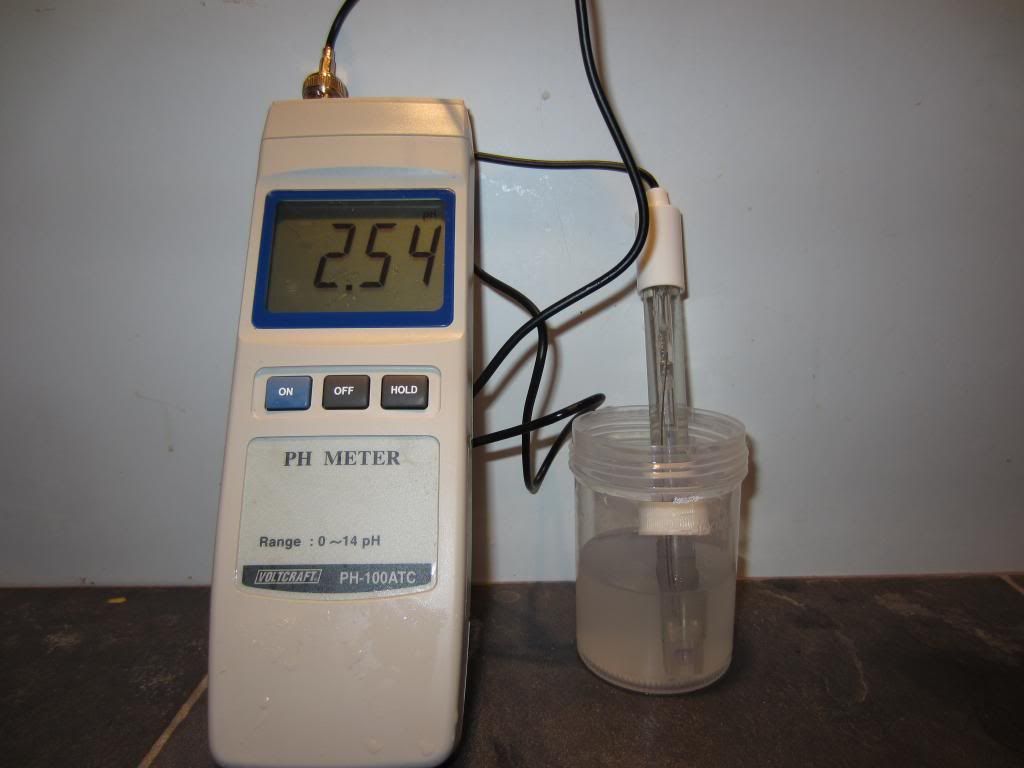I read this thread and some of the suggestions. I very much doubt if this is due to soaps of Fe or Mn. Mn is tightly controlled in drinking water and most people would detect it at under 200 ppb. The water would taste metallic and be objectionable. Some well waters have Mn but on exposure to air it oxidises and would precipitate at drinking water pH. For my two cents it probably is something to do with Calcium precipitation, especially after the addition of citric acid seems to reduce the problem. Calcium has many types of phosphate and I would tend to lean in this direction.Whatever the precipitate it is looks to be colloidal and is not coagulating. Does it settle at all with time?
Here is a link to a paper on the subject. It is a bit deep though and is not an easy read..
http://www.bio.umass.edu/biology/kunkel ... ci2001.pdf
